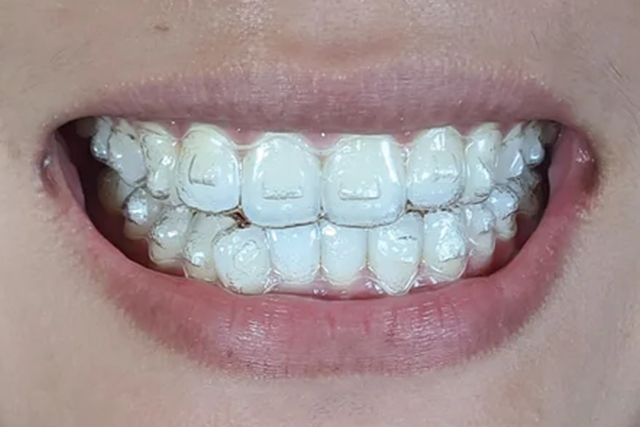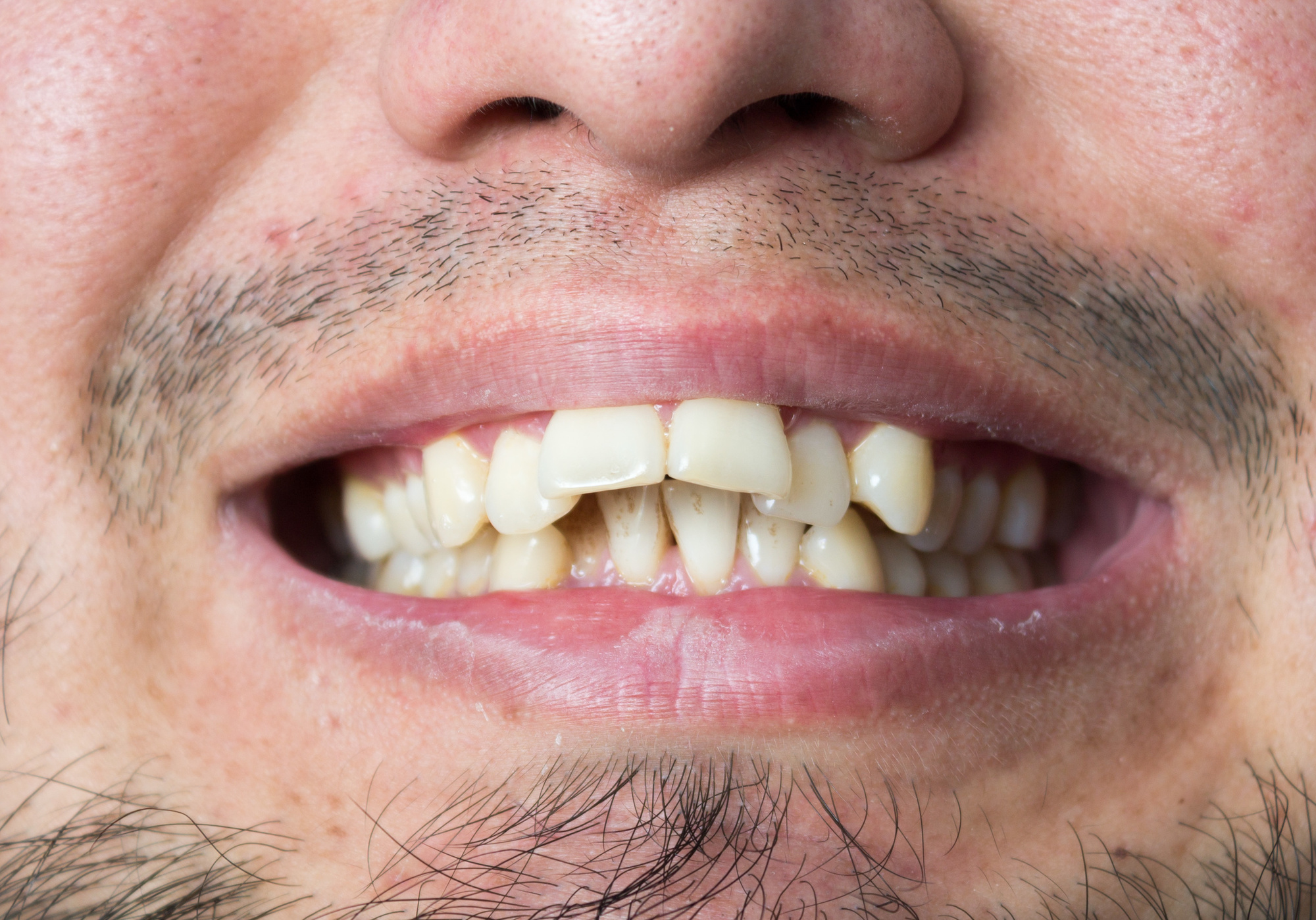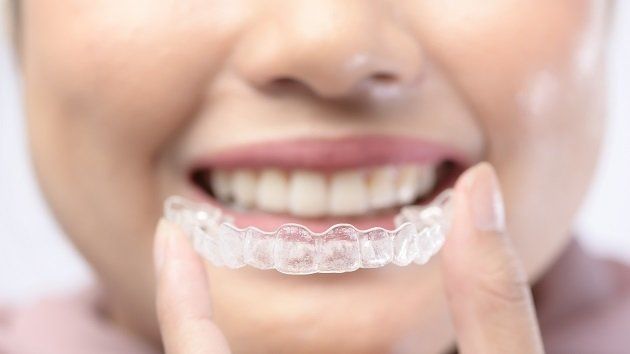Invisalign for Teens: A Modern Solution to Straightening Young Smiles
Invisalign for Teens: A Modern Solution to Straightening Young Smiles
Blog Article
Invisalign vs. Traditional Braces: Which Alternative Is Right for You?
When taking into consideration orthodontic therapy, the selection in between Invisalign and traditional dental braces offers a number of essential elements that warrant cautious examination. Invisalign offers a very discreet alternative with removable aligners, while typical braces provide a much more noticeable yet efficient service for severe imbalance. Each alternative includes unique advantages and drawbacks connected to appearances, comfort, therapy duration, and expense. Comprehending these nuances is essential for making a notified decision that straightens with your personal preferences and lifestyle. The concern stays: which alternative will best satisfy your orthodontic requirements and expectations?
Introduction of Therapy Alternatives

On the other hand, conventional braces contain metal brackets and cables that are adhered to the teeth. This approach uses continuous stress over time to accomplish positioning. While reliable for intricate orthodontic concerns, standard braces need normal visits for adjustments and can pose challenges in maintaining dental hygiene due to the problem of cleaning up about brackets and cords.
Both alternatives have their values, and the choice frequently rests on particular oral problems, way of life choices, and client compliance. Inevitably, consulting an orthodontic professional is crucial for establishing the most appropriate treatment strategy customized to individual needs. Understanding the subtleties of each option can significantly influence the overall success of orthodontic treatment.
Visual Considerations
A considerable element influencing the selection between Invisalign and conventional braces is the aesthetic allure each treatment offers. Invisalign aligners are crafted from clear plastic, making them virtually undetectable when used. This very discreet appearance is specifically attracting adults and teenagers who might really feel self-conscious about their orthodontic therapy. The capacity to preserve a natural smile throughout the alignment process can dramatically improve the person's confidence in specialist and social settings.
On the other hand, standard dental braces consist of metal brackets and cables, which can be a lot more visible. While improvements in orthodontic technology have actually brought about the development of smaller braces and tinted elastics, typical braces still preserve an even more conspicuous profile. For some people, the visibility of braces may deter them from seeking required therapy.
Ultimately, the selection in between Invisalign and standard dental braces may rest on personal preferences relating to visual appeals. Clients that prioritize discernment typically lean toward Invisalign, while those that are much less worried concerning visibility may choose conventional dental braces. Comprehending the visual ramifications of each choice is crucial for making an educated decision that aligns with one's way of life and choices.
Convenience and Convenience

In terms of convenience, Invisalign aligners are detachable, making it possible for individuals to enjoy their favored foods without limitation and maintain ideal oral health. Brushing and flossing are simplified, as the aligners can be taken out during these routines, whereas standard dental braces require careful maneuvering around brackets and cables.
In contrast, standard dental braces require normal changes, making them much less convenient for those with hectic timetables. Generally, the comfort and comfort of Invisalign make it an attractive selection for several people seeking orthodontic treatment.
Treatment Period and Effectiveness
While both Invisalign and typical braces work in fixing dental misalignments, the period of therapy can differ considerably between both choices. Usually, Invisalign treatment can take anywhere from 12 to 18 months, depending upon the intricacy of the instance. The clear aligners function by slowly moving teeth into their preferred positions, and routine follow-ups with an orthodontist aid make sure development stays on track.
On the other hand, conventional dental braces often need a longer dedication, normally varying from 18 months to three years. This is because of their fixed nature and the usage of wires and content braces, which can be more effective for intricate situations and serious imbalances (Invisalign). The treatment performance of standard braces is well-documented, as they enable for exact modifications and better control over tooth motion
Inevitably, the choice in between Invisalign and traditional braces may depend upon both the awaited therapy duration and the specific dental problems handy. Consulting with an orthodontist is important, as they can give customized recommendations based upon individual needs, making certain the chosen method lines up with desired durations and outcomes.
Price Comparison and Insurance Policy Alternatives
Price plays a significant function in the decision-making procedure for individuals thinking about orthodontic therapy, whether selecting Invisalign or typical braces. On average, the price of Invisalign ranges from $3,000 to $8,000, while standard braces generally cost in between $2,000 and $6,000. Variables influencing these prices include the intricacy of the instance, the period of treatment, and geographical place.
Insurance insurance coverage can dramatically influence out-of-pocket expenses. Many oral insurance coverage plans offer partial protection for orthodontic therapies, but the specifics can vary widely. It is vital for people to examine their insurance plan to identify the level of insurance coverage for either option. Normally, traditional braces may be more regularly covered by insurance strategies contrasted to Invisalign, which some insurance companies classify as a cosmetic procedure.
Furthermore, a number of orthodontic techniques provide versatile settlement strategies, making both treatment choices a lot more accessible. People should ask about prospective financing choices and price cuts for upfront i thought about this payments. Assessing the overall expense, including insurance advantages and layaway plan, is important for making an educated choice that straightens with both aesthetic preferences and budget factors to consider.

Conclusion
In recap, the choice in between Invisalign and typical braces hinges on multiple aspects, consisting of visual choices, comfort, treatment duration, and cost. Invisalign supplies a discreet, removable choice that facilitates dental hygiene and dietary adaptability, while typical braces may be extra suitable for complicated oral concerns and often come with a reduced rate factor. Eventually, consultation with an orthodontist is important to assess individual scenarios and identify the most appropriate treatment option for achieving ideal dental placement.
When thinking about orthodontic treatment, the choice in between Invisalign and standard dental braces offers numerous crucial aspects that warrant mindful assessment.Contrasting Invisalign and typical braces discloses unique therapy choices for orthodontic correction.While both Invisalign and typical dental braces are reliable in remedying oral imbalances, the period of treatment can differ substantially in between the two choices.Price plays a significant function in the decision-making procedure for people thinking about orthodontic therapy, whether opting for Invisalign or official source standard dental braces.In recap, the option in between Invisalign and traditional braces hinges on several elements, including visual choices, comfort, treatment duration, and price.
Report this page